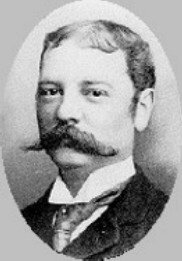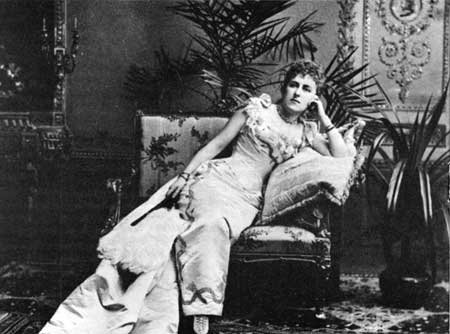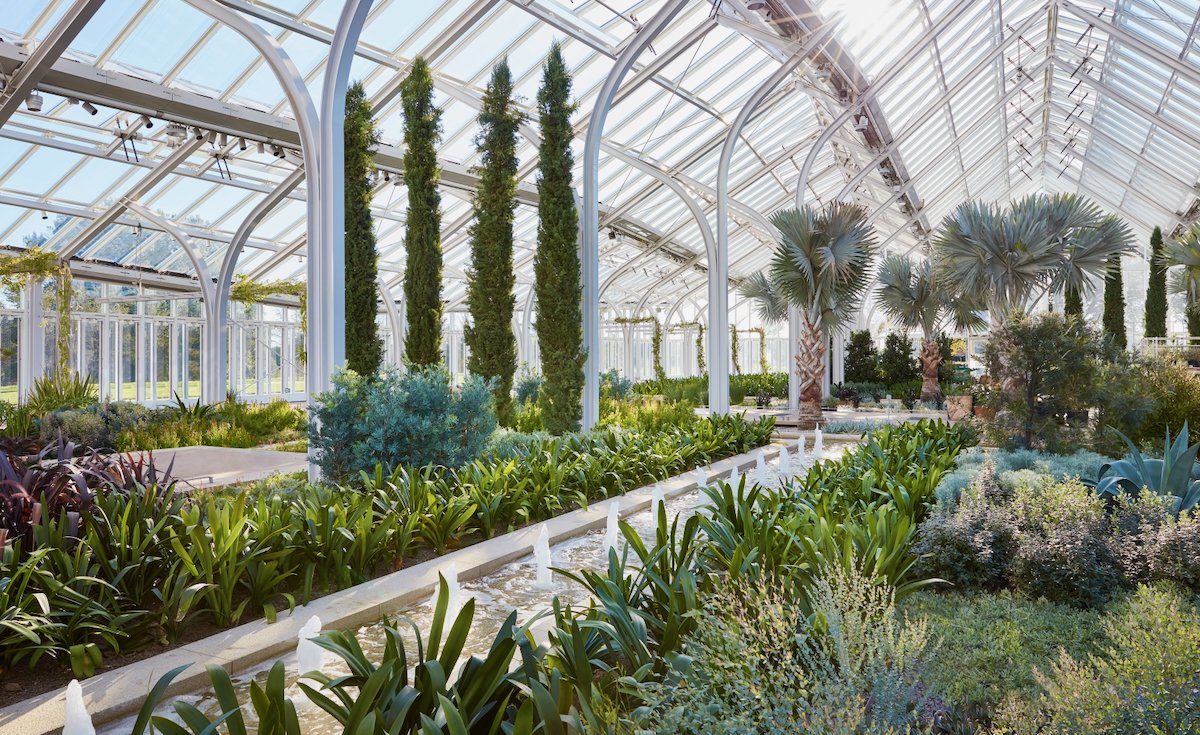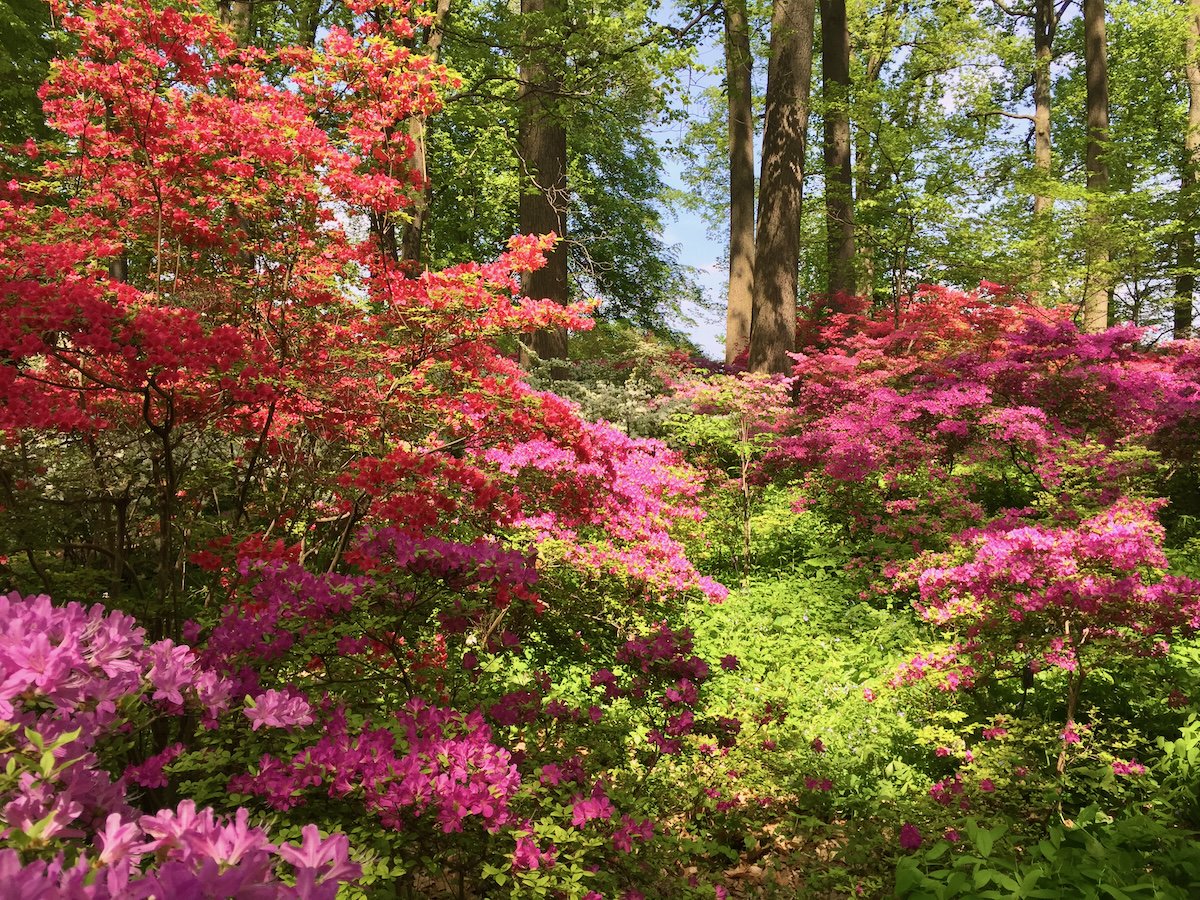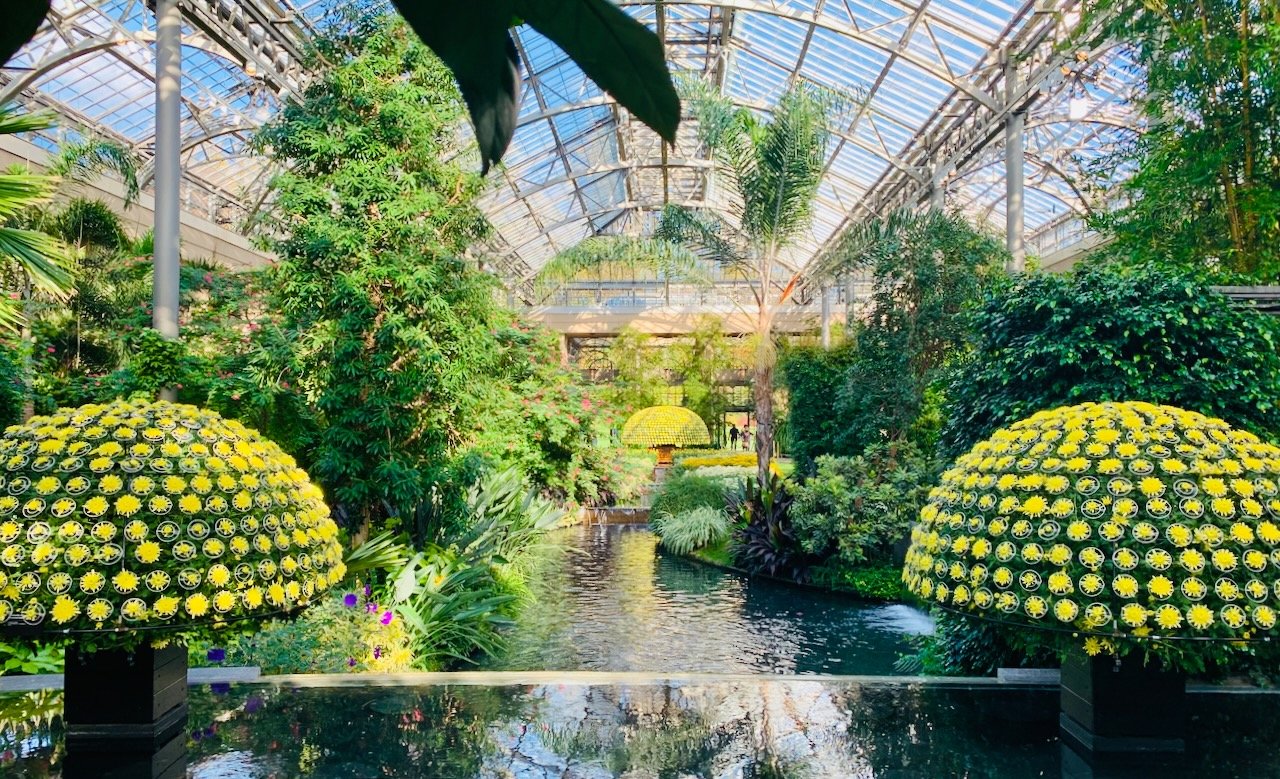Gilded Age Splendor in the Hudson River Valley
/In 1895 Cornelius Vanderbilt’s grandson Frederick and his wife, Louise, bought the Hudson River estate known as Hyde Park to use as their spring and fall country estate. Frederick Vanderbilt was a quiet man, active in the business of directing 22 railroads, while Louise was a wealthy socialite. They built a Neoclassical Beaux Arts mansion furnished with European antiques, and outfitted with all the latest innovations: electricity, indoor plumbing, and central heating. The final cost totaled $2.25 million—about $60.5 million in today’s dollars.
Hyde Park was a self-sustaining estate, providing food and flowers for the family’s needs there and at their other homes. The grounds had been shaped by several previous owners with horticultural interests. In the early 1800s, Dr. Samuel Bard planted exotic plants and trees in the European Picturesque style.
The next owner, Dr. David Hosack, had a passion for botany and established the first formal gardens on the estate, as well as extensive greenhouses to hold his exotic plants. He also hired André Parmentier, the most renowned landscape architect of that time, to design the landscape. Roads, bridges, and lawns were laid out to compliment natural features, while large areas were left wild. Today, much of Parmentier’s original design remains and continues to be admired for its grace and beauty. In the late 1800s, owner Walter Langdon, Jr., laid out the first formal gardens. He built the gardener’s cottage, tool house, and garden walls, which remain and are in use today.
The Vanderbilts added many amenities to the property to make it accessible, practical and beautiful. They installed their own railroad station (he was a railroad tycoon, after all), boat docks, a coach house, two new bridges over Crum Elbow Creek, a power station, and extensive landscaping.
A large, formal garden was common to most Gilded Age estates, and Frederick Vanderbilt, who had a horticulture degree from Yale University, established the Italian-style, terraced garden that we see today. An esplanade of cherry trees leads to a walled perennial garden, which opens up to a long reflecting pool and a brick loggia decorated with the statue of an odalisque in mid-dance. The path continues to a two-tier rose garden with a charming summerhouse.
The upper garden features formal beds, while the lower garden was planted in the Victorian “bedding out style” of annuals that swept through the country in the late 1800s. This garden exhibits a mélange of curvilinear shapes—crescents, hearts, and circular beds, all planted with bright annuals.
The Vanderbilts were part of a new wave of urban elite that moved to the Hudson River Valley to enjoy relaxed country living, the sporting life, farming, and outdoor recreation. Hyde Park saw lavish weekend parties with horseback riding, golf, tennis, and swimming, followed by formal dinners and dancing. When not hosting guests, the Vanderbilts strolled through the gardens and greenhouses twice daily and visited the farm.
These greenhouses were operational during the Vanderbilt era. When the Vanderbilts were in residence, the greenhouse staff began each day by gathering cut flowers from the carnation and rose houses, bringing them to the mansion, and arranging them in the service area of the basement. The parlor and chamber maids placed them in designated locations on the upper floors. The butler ordered flowers from the greenhouses daily, and created all of the arrangements for the Dining Room himself. If the Vanderbilts were in New York, the greenhouse staff boxed the cut flowers and shipped them to the city.
After Frederick Vanderbilt’s death in 1938, the federal government purchased the estate, thanks to the intervention of President Franklin Roosevelt. While the grounds, landscaping, and buildings were preserved, there were no funds to maintain the gardens, which suffered years of neglect. Today the landscape is restored to its 1930s appearance, thanks to the Frederick William Vanderbilt Garden Association—a group of volunteers who have worked tirelessly to bring the gardens to their former glory. The formal gardens were replanted with 3,200 perennials and 2,000 roses. An additional 6,500 annuals are planted every year. The restored gravel paths, shady arbors, ornate statues, and bubbling fountains give the visitor a glimpse of life in the Gilded Age. The mansion is also beautifully decorated and open for tours for the holidays.
Vanderbilt Mansion, 119 Vanderbilt Park Rd., Hyde Park, NY 12538, (845) 229-7770 nps.gov/vama/index.htm
Excerpted from The Garden Tourist: 120 Destination Gardens and Nurseries in the Northeast
You Might Also Like


